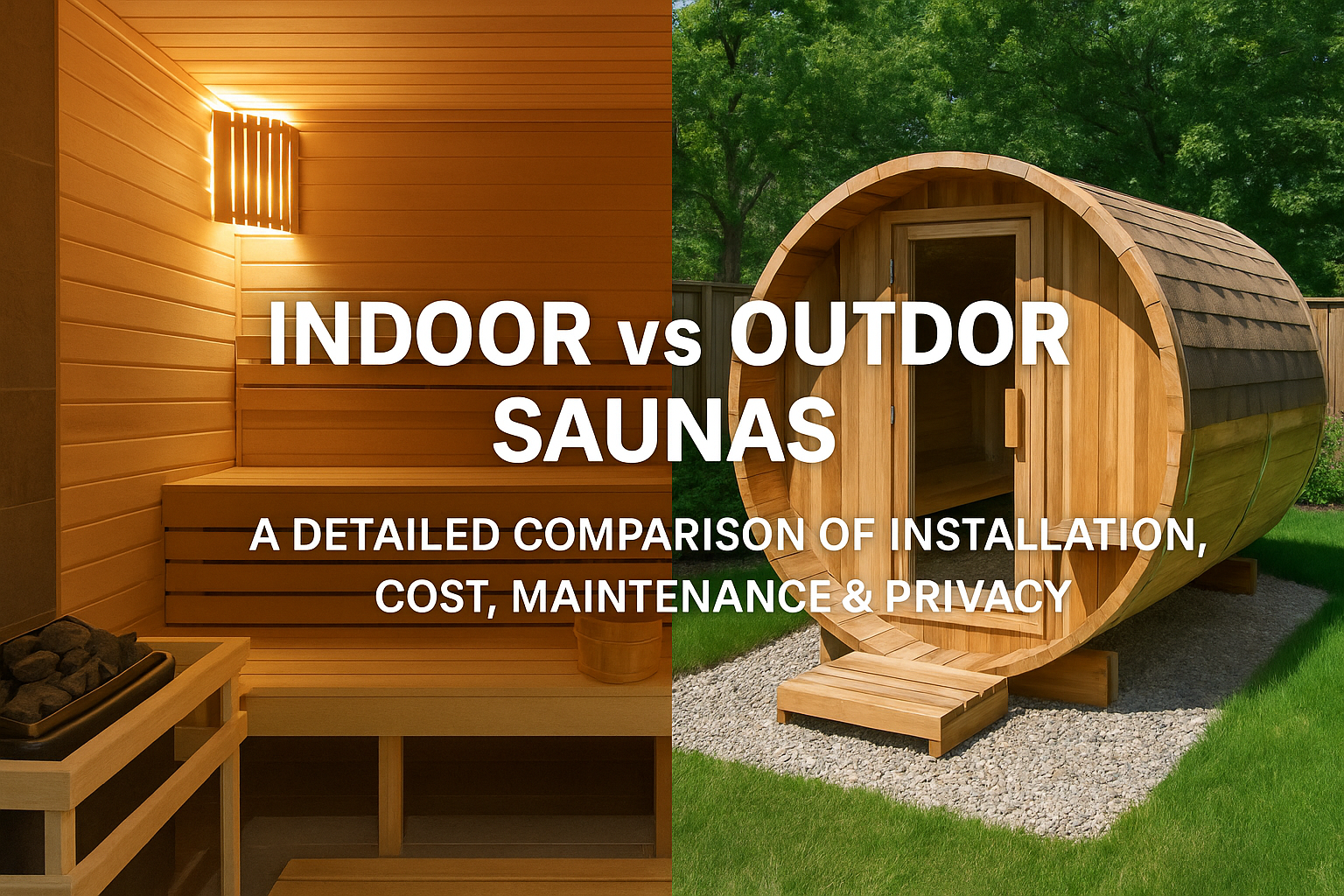
Indoor vs Outdoor Saunas: Compare Installation, Cost & Maintenance
Introduction
Dreaming of a personal sauna oasis but torn between an indoor vs outdoor sauna? You're not alone. Many homeowners wonder whether an indoor sauna (tucked inside a home gym or bathroom) or an outdoor sauna (a standalone backyard retreat) is the better fit for their needs. Both offer the blissful heat therapy and detox benefits you’re after, but they differ in installation, cost, upkeep, privacy, and overall experience. In this guide, we’ll break down the key differences and use cases for indoor and outdoor saunas. By the end, you’ll have a clear picture of which type of home sauna aligns with your space, budget, and wellness goals – so you can sweat in style your way.
Use Cases & Lifestyle Fit
Indoor saunas and outdoor saunas each shine in different scenarios. Consider how you plan to use your sauna and your home’s layout:
-
Indoor Saunas are ideal if you have unused space inside (like a spare bathroom, basement corner, or home gym) and want convenient, year-round access. They’re perfect for those envisioning a seamless in-home spa. If you love the idea of taking a relaxing sauna then hopping straight into your indoor shower, an indoor unit delivers. Indoor saunas also make sense in extreme climates where stepping outside in winter or summer is less appealing. Many people choose indoor models for easy integration into their daily wellness routine – right after a workout or before bed in the comfort of home.
-
Outdoor Saunas are ideal if you crave a more rustic, nature-connected experience or simply lack space indoors. They work great for properties with a backyard, patio, or garden where a sauna could become a focal point (imagine a cozy outdoor sauna by the deck or a barrel sauna under the stars!). Outdoor saunas are popular among those who enjoy cooling off outdoors between sessions – maybe even rolling in snow or jumping into a pool. They’re also a smart choice if you don’t want to modify your home’s interior or deal with indoor ventilation concerns. An outdoor unit can be placed a short walk from your door, serving as a private retreat in your yard.
Think about your privacy and preferences too. Indoors, privacy is usually guaranteed (only household members around), whereas outdoors you might need to position the sauna thoughtfully or add fencing if neighbors are close. On the flip side, an outdoor sauna can offer tranquil views of nature – a big plus if you have a scenic backyard or want that cabin-like escape.
Installation & Setup Differences
Installation requirements vary significantly between indoor and outdoor saunas:
-
Indoor Installation: Setting up an indoor sauna often means retrofitting an existing room or corner. Proper ventilation and moisture control are critical – indoor saunas need vents or fans to expel humid air and prevent mold or damage to your home. You may need to install a vapor barrier and special insulation around the sauna to protect walls. Running electrical wiring (on a dedicated circuit) is typically required for the heater and lighting; this usually involves an electrician to meet code. If it’s a steam or traditional sauna, a floor drain might be recommended for water spills or cleaning. In some cases, building permits or inspections are needed, since an indoor sauna alters your home’s structure or electrical setup. All this means indoor saunas often call for professional installation unless you’re a very experienced DIYer. It’s a bit like adding a small bathroom – planning and skill are needed, but the result is a fully integrated spa space inside your home.
-
Outdoor Installation: Outdoor saunas generally offer more flexibility in placement and can be easier to set up in some respects. Most outdoor saunas are freestanding pre-fabricated kits or cabin-like structures that you assemble on-site. A huge advantage is that you’re not constrained by existing room size – you can choose any design or shape (barrel, cabin, etc.) as long as it fits your yard. Site preparation is important: you’ll need a solid, level foundation like a concrete pad, pavers, or gravel bed to set the sauna on. Running utilities is still a factor – an outdoor sauna will need electrical hookup for the heater (unless it’s wood-burning) and possibly water lines if you include a shower or want a steam generator. Trenching cables or pipes outside can add cost. However, ventilation is simpler; since you’re venting to open air, there’s less concern about humidity causing damage (no ceilings or drywall to worry about). Do check local building codes – you may need a permit for an outdoor structure or to run electrical. Overall, many find outdoor sauna setup straightforward especially with modular kits, but hiring a pro is wise if electrical and structural work isn’t your forte.
Verdict: Outdoor saunas tend to win on ease of installation for ventilation and customization (no need to squeeze into a fixed room), but they require preparing an outdoor space and weatherproofing. Indoor saunas demand careful planning to integrate safely with your home’s infrastructure.
Cost Considerations
Cost is often a deciding factor in the indoor vs outdoor debate. How do prices stack up? The cost of the sauna unit itself can be comparable – you can find indoor and outdoor models ranging from basic $3,000 kits to luxury $10,000+ designs. However, the total project cost can differ:
-
Indoor Sauna Costs: In addition to the sauna kit price, factor in expenses for home modifications. Installing ventilation ducts or fans, adding a dedicated 220V electrical line, moisture barriers, and possibly remodeling a space (tiling, etc.) all add to cost. If you’re converting part of a bathroom, plumbing work might be needed for a drain or shower. These infrastructure costs mean indoor saunas can sometimes be more expensive to install, especially if your home needs significant prep. On the plus side, if you have a near-ready space (like a large walk-in closet or unused shower room), an indoor sauna could be very cost-effective – just assemble and plug in (for some infrared models). Operating costs for indoor units are generally low; being inside helps them heat efficiently and they lose less heat to the environment, potentially saving energy over time.
-
Outdoor Sauna Costs: Beyond the price of the outdoor sauna kit, consider site prep and utilities. Pouring a concrete slab or building a deck platform will incur costs (though a small 2-person barrel might just need simple pavers). Trenching and wiring for electrical can also add a few hundred to a couple thousand dollars depending on distance and complexity. If you opt for a wood-burning outdoor sauna, you might save on electrical hookup but then you need a chimney or proper clearance for the stove. Weatherproofing is another cost – outdoor saunas should be made of durable wood and may need a protective finish or roof shingles, etc. Many outdoor units come well-equipped for weather, but you might still invest in a cover or periodic maintenance (more on that next). The good news: if you’re handy, many outdoor saunas are DIY-friendly kits, which can save labor costs on installation. Also, permits for small outbuildings can be simpler (or not required) compared to indoor remodel permits – check your local rules.
In summary, costs can be fairly comparable overall. It often comes down to specifics of your situation. If your indoor site needs lots of prep, an outdoor might be cheaper (or vice versa). It’s wise to get quotes for both scenarios. And remember, a sauna is a long-term investment in wellness – choose the option you’ll enjoy using the most, rather than the absolute cheapest option.
Maintenance & Longevity
When it comes to upkeep, indoor saunas have the edge in ease of maintenance. Being sheltered inside means they aren’t exposed to sun, rain, or snow, which can extend their lifespan and reduce maintenance needs. Indoor saunas don’t have to contend with leaves, dirt, or weathering, so the exterior stays pristine with minimal effort. You’ll primarily be cleaning the interior: wiping benches, vacuuming or sweeping out dried sweat and foot debris, and ensuring any humidity is dried out after use. One thing to watch indoors is ventilation – you may need to occasionally check for any signs of mold or mildew in the surrounding area due to humidity, but with proper ventilation design this risk is low. Overall, a well-built indoor sauna can last 20+ years (often 20–25 years or more) with basic care.
Outdoor saunas, by contrast, require more hands-on maintenance simply because they face the elements. The exterior wood will need protection: plan on applying a sealant or stain with UV inhibitors annually or as recommended to prevent weather damage. Cleaning the outside (power-washing or scrubbing) may be necessary to remove dirt, moss, or weathering. After heavy storms or winter weather, outdoor saunas should be inspected for any water intrusion or wear. You’ll also need to clear snow from around the door in winter and ensure the roof is kept in good condition (just as you would for a shed or outdoor structure). Outdoor heaters (if electric) should be weather-rated, but you’ll want to periodically check electrical connections, since temperature fluctuations can affect them.
Inside an outdoor sauna, maintenance is similar to indoor: keep it clean and dry between uses. One extra tip: because you have to walk from house to sauna, you might track in more dirt or grass – using spa slippers and a mat at the sauna door helps keep the interior tidy.
In terms of durability, outdoor saunas are built from sturdy materials (cedar, hemlock, etc.) and can last a long time, but generally speaking, an outdoor sauna’s lifespan may be a bit shorter on average – perhaps 15 to 20 years – due to constant outdoor exposure. Indoor saunas, protected from harsh conditions, often outlive them, sometimes going strong well past 25 years. Of course, quality matters: a high-end outdoor sauna that’s well-maintained can absolutely last decades.
Privacy & User Experience
Your enjoyment of an indoor vs outdoor sauna can be influenced by privacy and the overall ambiance:
-
Privacy: If you’re concerned about prying eyes, indoor saunas offer inherent privacy – only those in your household know you’re sweating it out. This can be important if you prefer sauna bathing with minimal clothing or just value solitude. In small lots or urban areas, an outdoor sauna might require creative solutions (fences, pergolas, or strategic placement) to achieve the same level of seclusion, especially if neighbors have visibility. However, if you have a large, secluded property or a fenced yard, an outdoor sauna can be very private too – possibly even more so if your indoor space is in a shared area of the home. It really depends on your living situation. Some people actually find outdoors more private because they can be away from household hustle and bustle.
-
Ambiance & Experience: Outdoor saunas provide a unique atmosphere that many find enchanting – imagine stepping out of a hot wood-fired sauna into the cool night air, surrounded by nature. You might get to incorporate a cold plunge tub outside or simply enjoy the contrast of fresh air after a steamy session. The sensory experience of an outdoor sauna often includes natural woodsy smells, sounds of birds or rain on the roof, and the feeling of being in a retreat. On the other hand, indoor saunas can be just as luxurious in their own way. You can set up an indoor sauna as part of a spa bathroom with candles, aromatic oils, and soft lighting. The convenience of not having to step outside is a big plus when it’s icy cold or raining outdoors. Indoor units also integrate with your home’s climate control – no worrying about your sauna room being too cold to start with or having to pre-heat longer in winter.
-
Year-Round Usage: Both indoor and outdoor saunas can be used year-round, but weather can affect comfort when accessing the sauna. In winter, an indoor sauna is easy to get to; you don’t have to venture out into the snow in a robe and slippers. Conversely, some love the winter outdoor sauna routine (dash through the cold to the sauna, then back out to roll in snow!). In very hot climates, an outdoor sauna sitting in the sun might be a bit more challenging to cool down after use, whereas an indoor sauna will be in your air-conditioned space.
-
Space & Size: If you have a big family or plan to host sauna parties, you might lean towards an outdoor build – you can choose larger models (4, 6, even 8 person) without worrying about fitting it through doorways or within room dimensions. Indoors, you might be limited to a smaller two or three-person unit due to space constraints. Think about how many people will use it at once and your preferred sauna social setting (intimate and quiet vs. backyard gathering).
In summary, the user experience can be fantastic with either type, but it differs. Indoor saunas excel in convenience and integration, while outdoor saunas offer an escape and connection to nature. Privacy is easier indoors by default, but with a thoughtful setup, outdoor privacy can be achieved too.
Conclusion
Choosing between an indoor and outdoor sauna comes down to your personal priorities and property. If you value convenience, have the indoor space, and want an easy-to-maintain addition to your home, an indoor sauna is likely your best bet. If you’re enchanted by the idea of a backyard wellness getaway, have some outdoor room, or want a larger sauna with fewer home modifications, an outdoor sauna will be incredibly rewarding. Both types deliver the core benefits – relaxation, detoxification, improved well-being – that make saunas so popular. Many Sauna Luxuries customers even install an indoor unit for daily use and an outdoor barrel sauna for special occasions under the stars!
Whichever you choose, focus on quality and proper installation so it lasts. And why not add personal touches – ambient sauna lights, sound systems, or a cold rinse shower – to elevate your experience? If you’re still unsure, our team at Sauna Luxuries is happy to guide you to the perfect match. We offer a curated selection of premium indoor saunas【28†Indoor Saunas】 and rugged outdoor models【36†Outdoor Saunas】, so you can find the ideal fit for your home wellness retreat. Embrace the heat on your own terms, and happy sweating!


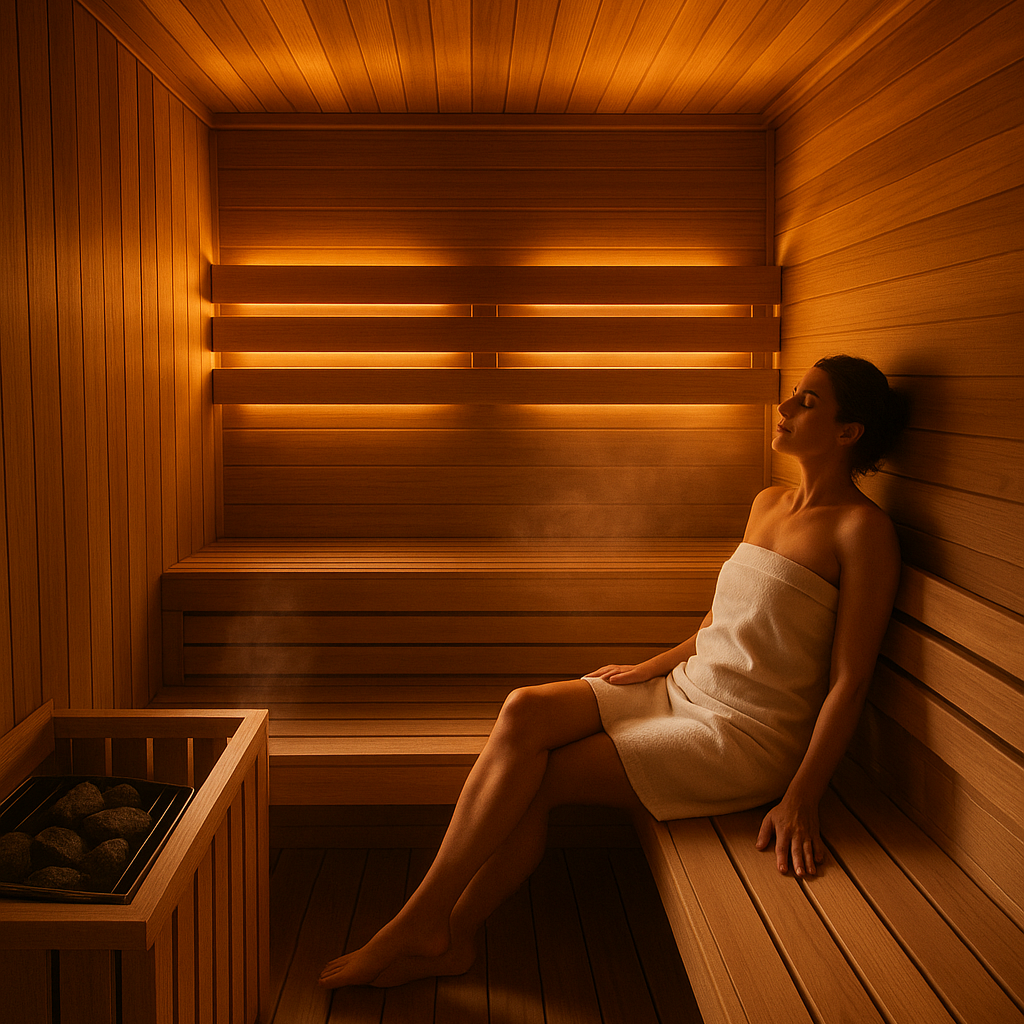

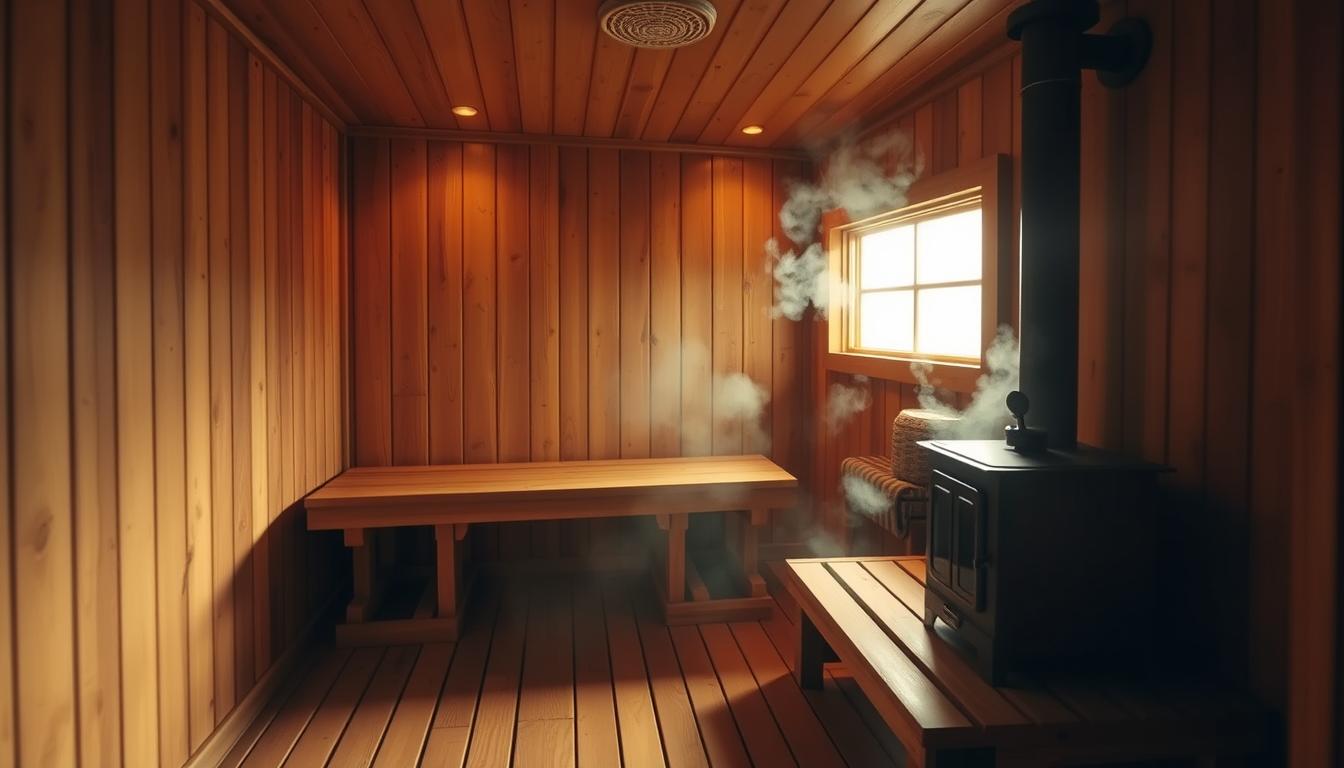
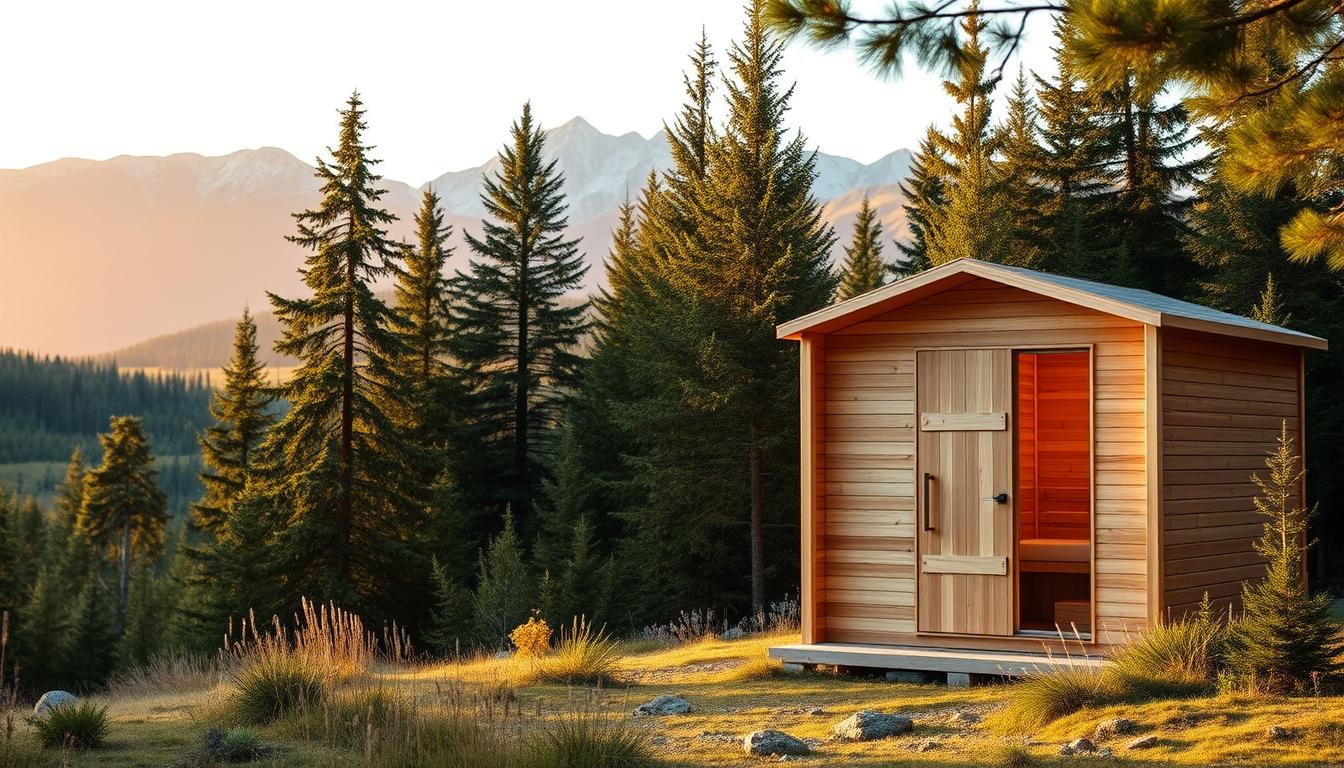
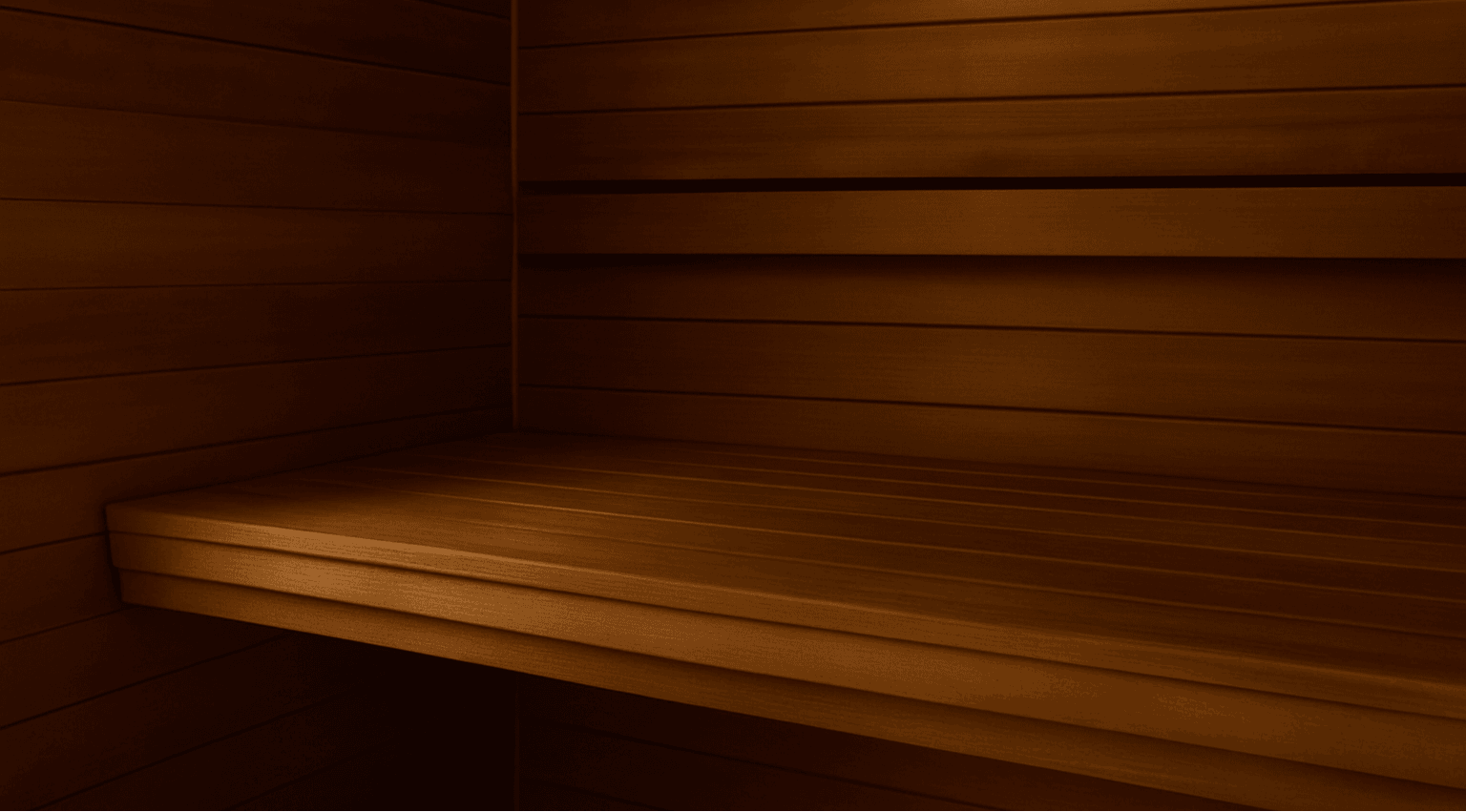
Leave a comment
This site is protected by hCaptcha and the hCaptcha Privacy Policy and Terms of Service apply.